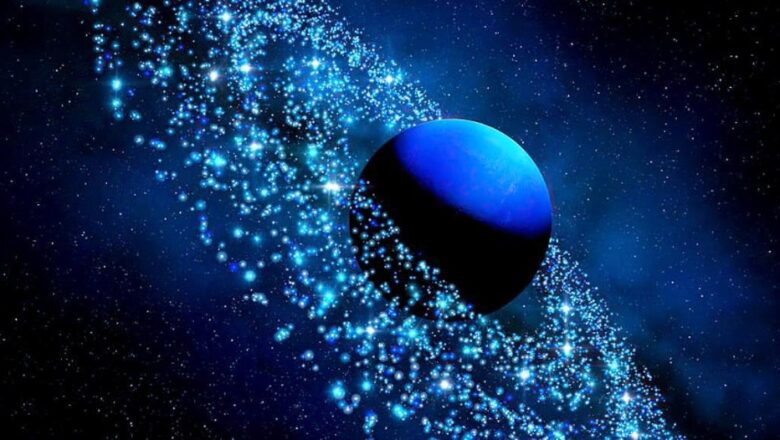
Solar Surge Curtin University’s Binar Satellites Lost to High Solar Activity
Three Australian CubeSats from Curtin University's Binar Space Program recently burned up in Earth's atmosphere after only two months in orbit one-third of their expected mission duration. Named Binar-2, 3, and 4, these satellites were intended to last around six months in low Earth orbit but met an untimely end due to unexpected solar activity. In fact, “Binar” fittingly means “fireball” in Noongar, an Indigenous Australian language.
Launched to gather scientific data and test new systems, the Binar satellites faced increased atmospheric drag caused by the Sun’s heightened activity. The Sun is currently in the peak phase of its 11-year solar cycle, known as solar cycle 25, during which solar flares, solar winds, and charged particles intensify. Recent solar indicators have shown activi...






